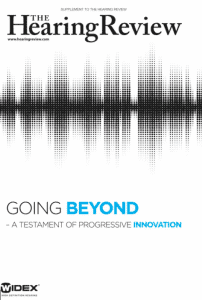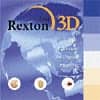
Written by long-time industry expert Francis Kuk, PhD, director of the Widex Office of Research in Clinical Amplification (ORCA), the supplement highlights how sounds that preserve more clues for identification are less cognitively demanding for the brain to process than sounds that are unnatural. As we learn more about aging, cognition, and the importance of hearing, it is becoming clear that one goal of hearing aid design and fitting should be to create a favorable signal-to-noise ratio and reduce the amount of effort required to decode speech. In short, hearing aids need to facilitate communication by making speech signals more accessible to the listener—or what Widex calls Effortless Hearing.
Widex has a history of designing innovative firsts in hearing aid design, and then publishing the clinical studies and findings that led to the products and features. Among many subjects, the new supplement looks at:
- What happens with the aging brain;
- What happens to hearing with aging;
- Effort expended in understanding language;
- Hearing aid elements that enhance effortless hearing;
- Hearing aid signal capturing, purifying, and processing;
- Enhancement of audibility and temporal cues;
- Noise reduction and enhancing high frequency cues, and
- User satisfaction with BEYOND.
The supplement titled, Going BEYOND – A Testament of Progressive Innovation, is available in the January Hearing Review and by clicking here.






